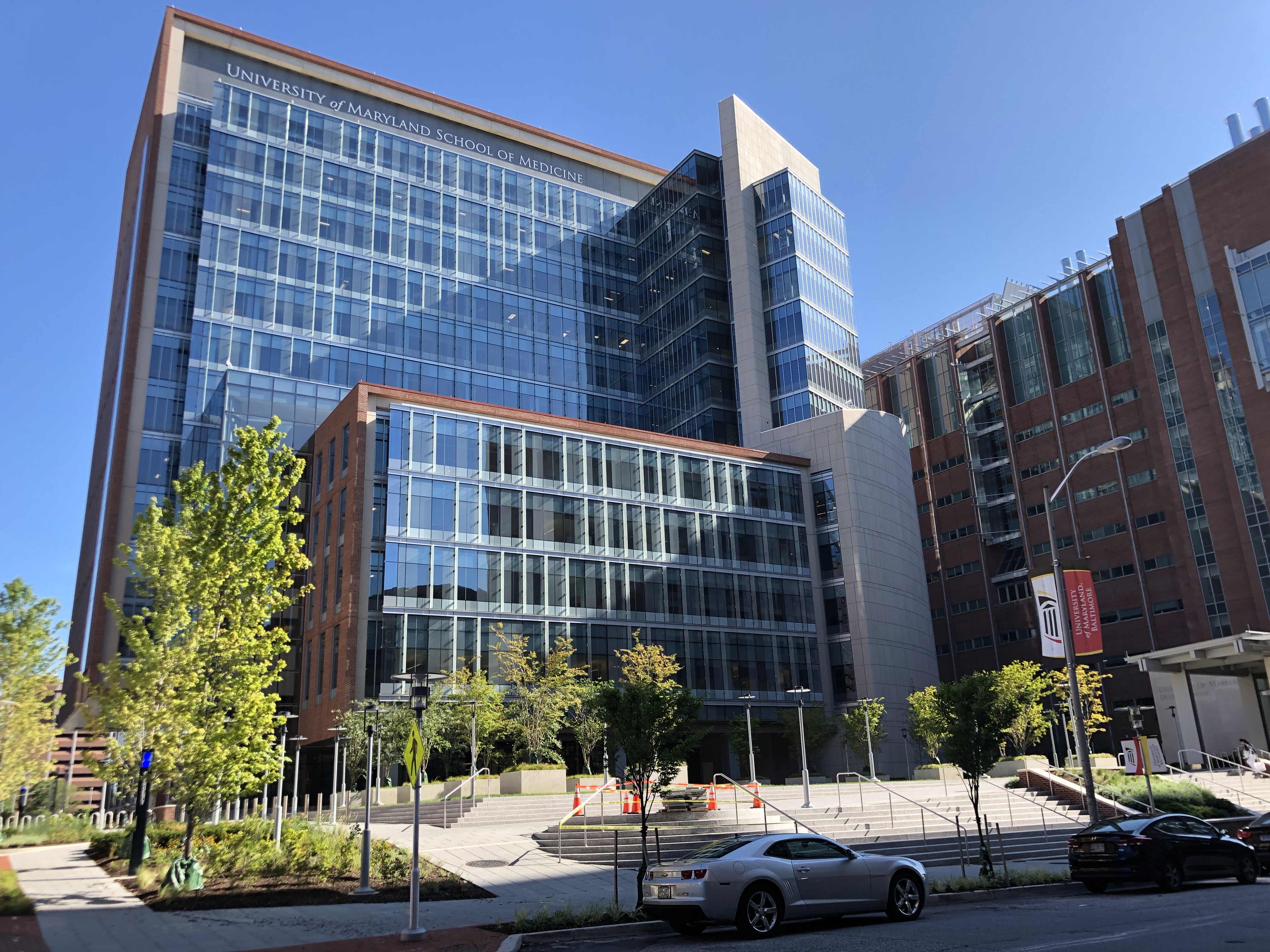Recent Standout Accomplishment at University of Maryland School of Medicine: STRAP Initiative

University of Maryland School of Medicine (UMSOM) Dean and Research!America board member, E. Albert Reece, MD, PhD, MBA, recently announced the conclusion of the Special Trans-Disciplinary Recruitment Award Program (STRAP), a highly successful faculty initiative that brought dozens of top researcher-physician-scientists and biomedical scientists to the UMSOM faculty. This program will be succeeded by a new Dean’s challenge initiative that will focus on large program projects and center grants, known as the LGAP Initiative (Large Grant Award Program).
The STRAP Initiative was led by Terry Rogers, PhD, Professor of Biochemistry and Molecular Biology and Associate Dean for Research Development and Administration, along with the Office of Research Affairs (ORA) Director, Joni Prasad, PhD.
The STRAP Initiative was among recent components of UMSOM’s multi-year research strategy called ACCEL-Med (Accelerating Innovation and Discovery in Medicine). ACCEL-Med was implemented in 2013 to increase the pace and scope of clinical and basic science research, and move the UMSOM to the top-upper echelon of research-intensive medical schools. The initiative included a slate of new programs, including the UMSOM’s annual Festival of Science, the formation of a Scientific Advisory Council, a renewed focus on interdisciplinary research and collaboration, the opening of new core biomedical research facilities (CIBR), the introduction of the new course, Foundations in Research and Critical Thinking (FRCT) in the MD curriculum, and the development of a research continuum across the UMSOM, in which faculty, trainees, and students at all levels play a role in advancing science and discovery. The newest component of ACCEL-Med is the recently launched LGAP (Large Grant Award Program) Initiative, which aims to secure large NIH program projects, center grants, or equivalent grants.
STRAP Produced Exceptional Results
Launched in 2017, the STRAP Initiative produced exceptional recruitment results, with the addition of preeminent physician-scientists and biomedical scientists to the UMSOM faculty, while further elevating the UMSOM’s national and international research profile. In all, the STRAP Initiative attracted 26 teams of scientists from leading institutions across the U.S., with more than $100 million in total research funding at its conclusion (see figure 1 showing list of STRAP recruits).
“The success of the STRAP Initiative was a result of the outstanding collaboration across UMSOM leadership groups involved. In particular, the Chairs and Directors played a pivotal role, working with the ORA leadership, and the external recruiting firm to secure these highly sought-after individuals, in a highly competitive marketplace,” said Dean Reece.
Recruits Attracted by New Facilities and Collaboration
Faculty recruited in the STRAP Initiative came from a variety of leading academic institutions and from a diverse range of disciplines. Many were attracted to the exceptional resources of the newly-constructed Health Sciences Research Facility (HSRF III) and its state-of-the-art laboratories, while others saw new opportunities to expand and collaborate across various research platforms.
“Ms. Louisa Peartree, MBA, Senior Associate Dean and Chief Operating Officer for the UMSOM, and her team in Finance and Administration deserve special recognition and thanks, as they provided critical support in helping to meet the specific laboratory and other resource requirements of the many STRAP recruits, as part of the occupancy program of the new HSRF III research building,” Dean Reece said.
Dean Reece and Dr. Rogers noted that the STRAP Initiative evolved and broadened during its three-year tenure. Many recruits were purposely recruited through the original established criteria. Over time, the definition expanded and evolved. Other top scientists, who were recruited during this STRAP period, came to the UMSOM faculty as part of a “halo effect”—in which many of the new scientists were attracted to join existing UMSOM faculty.
According to Dr. Rogers, the result has been an infusion of highly talented researcher-physician-scientists and biomedical scientists who have brought tremendous synergy and opportunities for collaboration to the UMSOM.
“We have seen STRAP-recruited faculty dramatically expand the scope and impact of their research,” Dr. Rogers said. “Many have pointed to their ability to engage in crucial collaborations with our existing faculty. This has resulted in technology development start-ups, cutting edge interdisciplinary work, and partnerships leading to new drug development programs and future therapies.”




